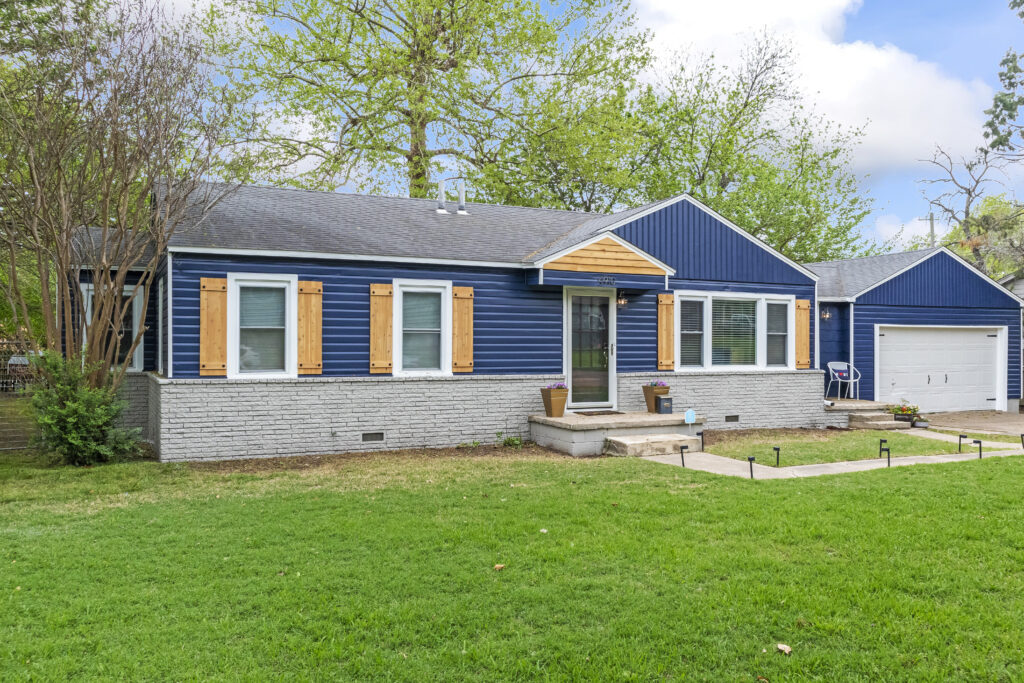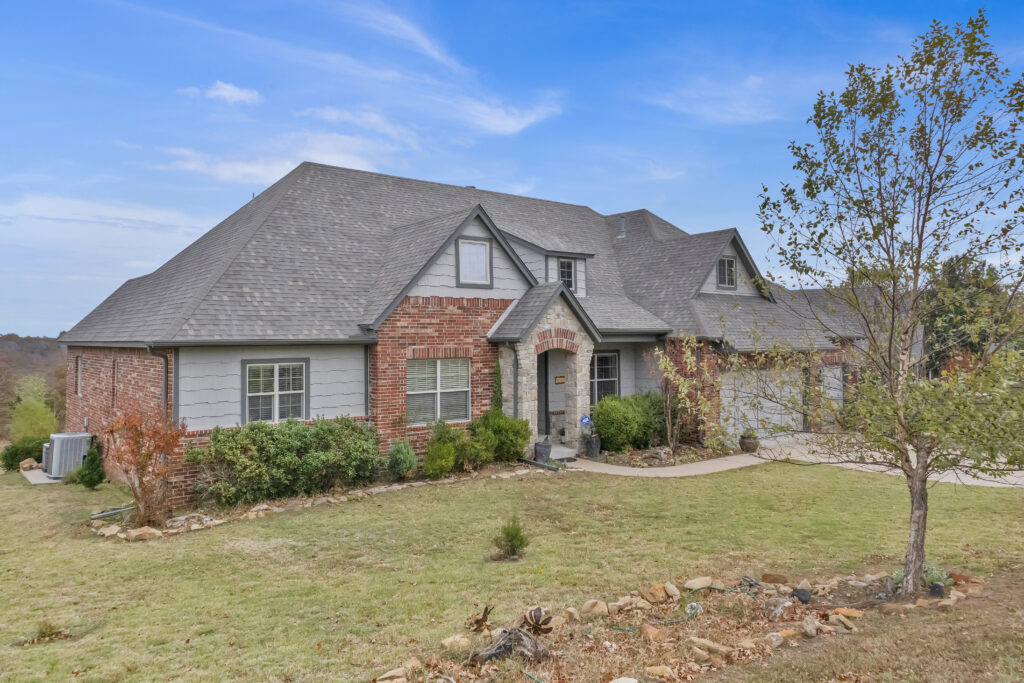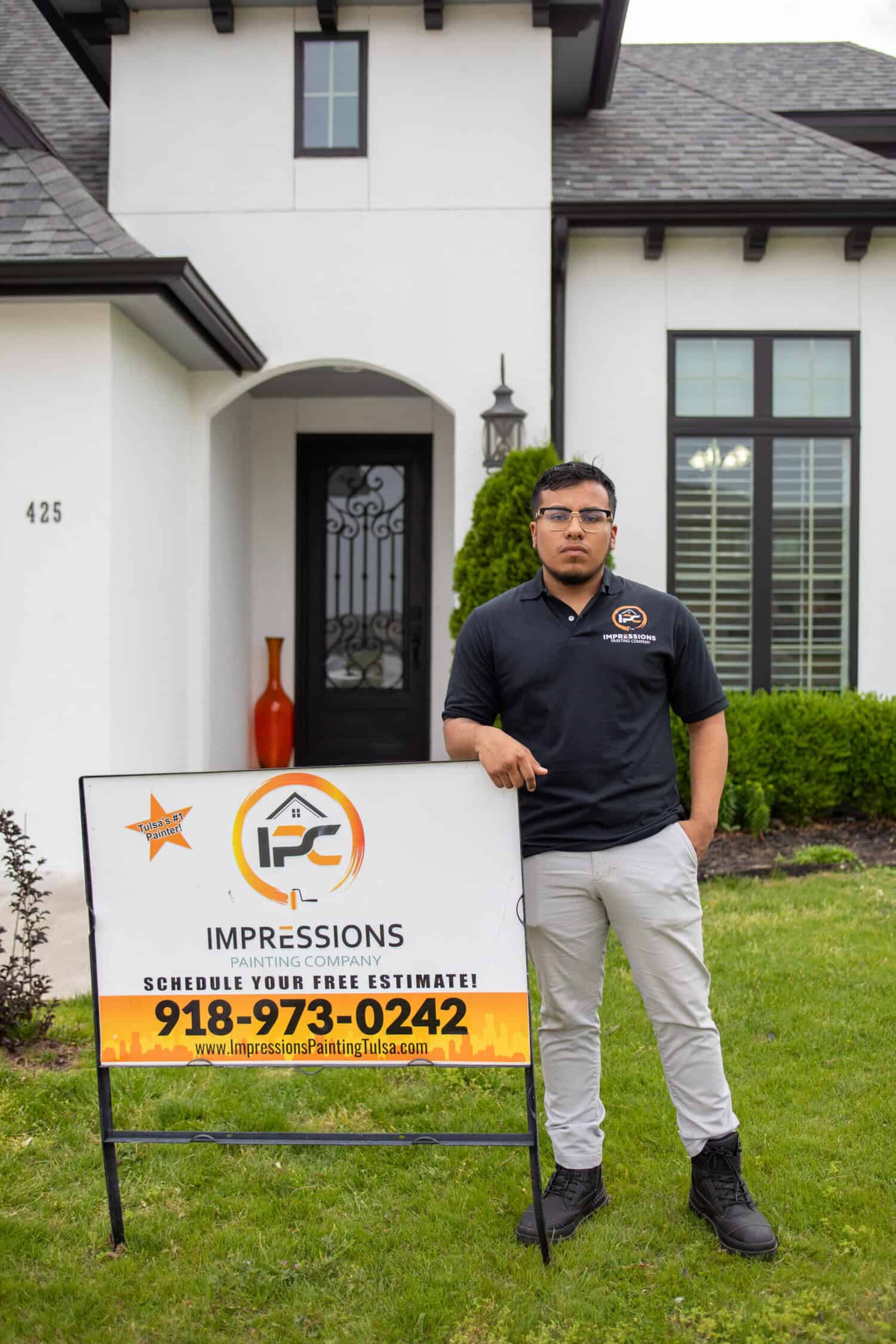Have you ever noticed how some houses maintain their fresh, vibrant look for years, while others start showing wear and tear much sooner? The secret often lies in choosing the best time to paint outside. This decision is about selecting the best time to paint outside to ensure your paint project stands the test of time.
Imagine investing in top-quality paint and skilled labor, only to see your efforts fade prematurely because the weather wasn’t ideal. Understanding the best time to paint outside can save you from this disappointment.
As painting experts, we know that weather conditions, humidity, and temperature fluctuations play a significant role in the success of your project. This blog will cover the ideal seasons, weather conditions, and other factors that influence the best time to paint outside. We’ll also provide tips and insights to help you plan your project perfectly.
Key Takeaways:
- Spring, summer, and fall offer the best weather conditions for exterior painting, ensuring longevity and durability.
- Ideal temperature and humidity levels are crucial for paint adhesion and curing, avoiding days that are too hot, cold, or humid.
- Thorough cleaning, drying, inspecting for damage, and priming are essential steps to achieve a professional and long-lasting paint finish.

When is the Best Time to Paint Outside?
When deciding on the best time to paint outside, considering the season is paramount. The ideal painting seasons are typically summer, spring and fall, due to their moderate temperatures and lower humidity levels. These seasons offer the most stable weather conditions, reducing the risk of paint failures.
Spring is often favored because it brings mild temperatures that are perfect for curing paint. The daytime temperatures are warm enough to ensure proper drying, while cooler nights prevent the paint from drying too quickly, which can cause cracks and bubbles. Fall, on the other hand, also presents favorable conditions, with temperatures that help the paint to adhere properly and cure evenly.
However, summer is also an excellent time for exterior house painting, particularly in Bixby, OK. While summer temperatures can be higher, they are usually consistent, providing an excellent environment for paint to dry and cure effectively.
Early mornings and late afternoons are ideal painting times during the summer to avoid the peak heat. The longer daylight hours give you more time to complete your painting project. Just be mindful of humidity levels and try to avoid painting on days with extremely high temperatures or direct sunlight.
Optimal Weather Conditions for Painting
Understanding the weather is key when planning the best time to paint outside. For exterior painting, you want to avoid days that are too hot, too cold, or too wet. The ideal temperature range for most paints is between 50°F and 85°F. This makes late spring, summer, and early fall ideal times for painting.
Humidity also plays a crucial role. High humidity levels can cause the paint to dry too slowly, leading to drips and uneven application. Conversely, very low humidity can cause the paint to dry too quickly, which can result in cracking and poor adhesion. A humidity level between 40% and 70% is generally considered optimal.
Another tip is to avoid painting on extremely windy days. Wind can blow debris onto your wet paint, ruining the finish. It can also cause the paint to dry too quickly, which might lead to cracking or uneven layers.
Importance of Surface Preparation
Before you even think about applying that first coat, proper surface preparation is essential for achieving the best results. No matter the best time to paint outside, if the surface isn’t prepared correctly, your paint project won’t last.
Here’s how we do it to ensure a flawless paint results:
- Clean the Exterior Thoroughly. We start by removing dirt, mildew, and loose paint. Pressure washing is one of the most effective methods we use to ensure every inch of the exterior surface is clean.
- Allow the Surface to Dry Completely. After cleaning, we allow the surface to dry completely. This step is particularly important if you’re painting in the spring or fall when humidity levels can be higher. We ensure the surface is dry to the touch before proceeding, as painting on a damp surface can cause the paint to bubble and peel.
- Inspect the Surface for Damage. Once the surface is dry, we conduct a thorough inspection to identify any cracks, holes, or rough areas. We fill in any cracks and holes with appropriate filler and sand down rough spots to create a smooth, even base for the paint. This step ensures that the final coat is flawless and adheres properly.
- Prime the Surface. Priming is a critical step that helps the paint adhere better and provides an extra layer of protection against the elements. We apply a high-quality primer that suits the specific needs of your exterior surfaces. This layer not only improves paint adhesion but also enhances the paint project’s durability, ensuring it withstands the test of time.
When considering the best time to paint outside, factor in the drying times for each stage of preparation. Adequate drying time between washing, priming, and painting layers will lead to a more durable and professional-looking finish.
The Role of Temperature in Paint Application
Temperature fluctuations can significantly impact the outcome of your exterior painting project. Paint adheres best and cures properly when applied within a specific temperature range. If it’s too cold, the paint can become thick and difficult to apply evenly, while extremely hot temperatures can cause the paint to dry too quickly, leading to brush marks and an uneven finish.
Summer temperatures can soar, but early morning or late afternoon painting can help mitigate the effects of the heat. Ensure the surface you’re painting isn’t too hot to touch, as high surface temperatures can also cause issues with paint adhesion. Monitoring the forecast and choosing a day with stable temperatures within the optimal range can make a significant difference in the quality of your paint job.
Avoiding Common Pitfalls in Exterior Painting
Even when you know the best time to paint outside, other factors can influence the success of your project. Here are some common pitfalls to avoid:
- Ignoring the Forecast. Always check the weather forecast before starting your painting project. Unexpected rain or a sudden drop in temperature can ruin your hard work.
- Inadequate Surface Preparation. Skipping steps like cleaning, sanding, and priming can lead to poor paint adhesion and a finish that doesn’t last.
- Rushing the Project. Allow adequate drying time between coats. Rushing the process can result in peeling and flaking paint.
- Using Low-Quality Paint. Invest in high-quality paint that’s designed for exterior use. It will withstand the elements better and last longer.
By planning carefully and considering these factors, you can avoid these common mistakes and achieve a professional-looking finish.
Final Thoughts
As discussed, the best time to paint outside involves careful consideration of the season, weather conditions, and preparation steps. Painting in spring, fall, or summer ensures optimal temperatures and humidity levels for a durable finish.
At Impressions Painting, we are experts in exterior painting and tailor our services to meet your needs. We understand the local climate and provide house painting services in Tulsa, Jenks, OK and surrounding areas.
Call us at 918-842-7006 for a FREE estimate and let us help you achieve the perfect exterior finish for your home!





